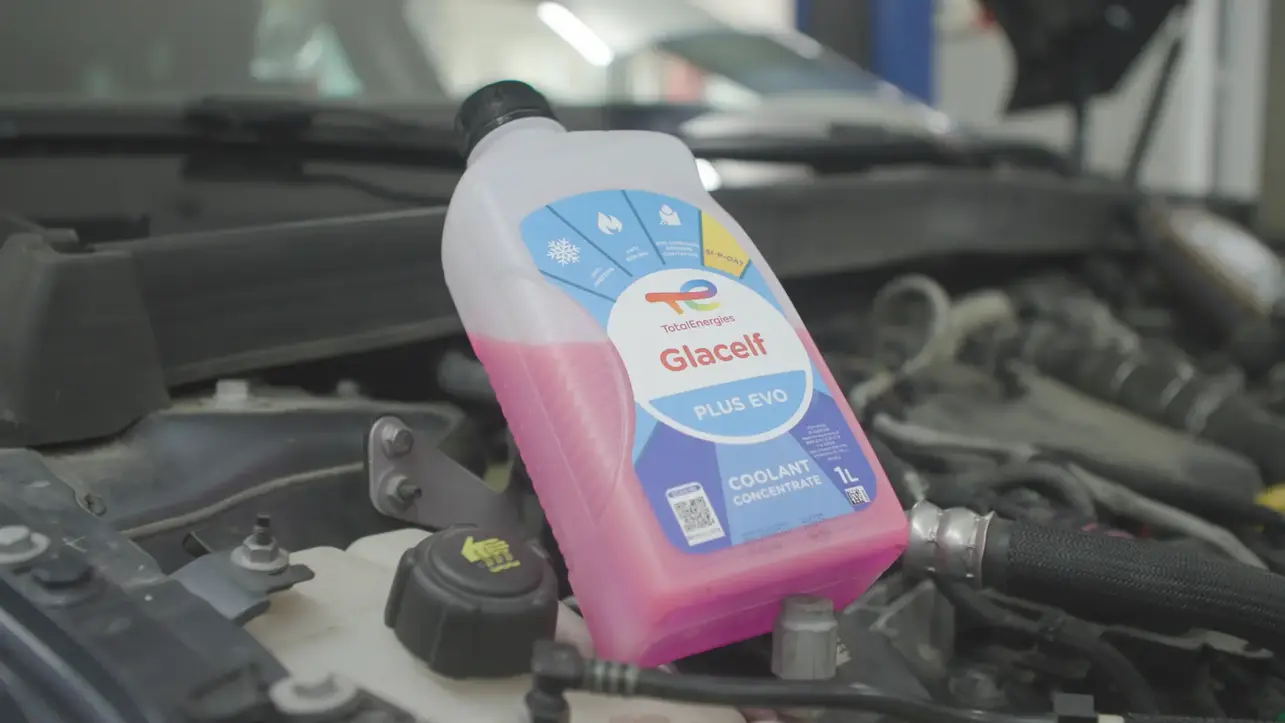You have probably noticed that not all car lights look the same. Factors that influence the differences in car lights include the age of the car, as modern cars generally have stronger lights compared to their older counterparts, and most importantly, the technology used to make the bulbs and lenses. It is precisely these different technologies, and the car lights that result from their application, that are the topic of this text.

Halogen lights
A halogen bulb is made of a glass envelope, resistant to high temperatures, gas which is usually a combination of argon and nitrogen, and a tungsten filament. To produce light, the halogen bulb receives current from the battery, heating up to a temperature of 2,500°C, at which point it starts to glow.
Halogen lights are currently the most popular option in the automotive industry, and the reasons for this are their simplicity and good price-quality ratio. Namely, a halogen bulb has a lifespan of about 1,000 hours under normal conditions, and the replacement cost is lower compared to that required for replacing bulbs of other types of car lights.
In addition to simplicity and a good price-quality ratio, halogen bulbs are also practical, as they can be found in various sizes, making them suitable for most car models.
Regardless of how popular halogen lights are among drivers, more and more car companies are using them as a backup option. The lifespan of a halogen bulb generally ends when the tungsten evaporates from the filament, accumulating on the glass envelope and causing the filament to break, which, as a result, becomes non-functional. An even bigger problem is that, during the collection and emission of light, the halogen bulb produces large amounts of heat, leading to increased electricity consumption.
The sensitivity of halogen bulbs to various substances presents an additional problem. When replacing them, it is not recommended to touch the quartz glass envelope of the spare bulb with bare hands, as the grease from your fingers sticks to it, causing uneven heating of the bulb and shortening its lifespan. Instead, use a clean cloth to hold the glass envelope when replacing the halogen bulb in the car.
Xenon lights
The name xenon lights comes from the fact that the bulbs for this type of light are filled with xenon gas, which produces their characteristic whitish light. Since the current passes through this gas and there is no metal filament to heat up and burn out, xenon bulbs usually last longer than halogen ones.
Cars with xenon lights must be equipped with a washing mechanism (sprinkler). This is because phenomena such as dirt or dust can scatter the light emitted by xenon bulbs and thus blind other drivers on the road.
In addition to the previously mentioned fact that xenon lights last longer than halogen ones (about 2,000 hours under normal conditions), they also produce stronger light, which is extremely important for night driving, as it positively affects safety. Namely, if we consider that when driving at a speed of about 110 to 115 kilometers per hour, you cover a distance of up to 32 meters per second, it becomes clear that the increased visibility provided by xenon lights can make the difference between timely braking and a traffic accident.
Not only do xenon lights shine brighter, but they also produce more even light compared to halogen lights, which limits glare scattering and thus provides a clearer view of the road. This can be extremely important if you live in an area with a high frequency of pedestrians or cyclists who can suddenly appear in front of you, and a clear view of the road can help you spot them in time.
The biggest drawback of xenon lights is their complexity, as they require more sophisticated and therefore more expensive parts compared to regular halogen lights. This means that their replacement, in case of damage, costs more.
A minor concern for owners of cars with xenon lights is their washing system, which generally operates automatically and activates when you first use the windshield washers or after every few uses. This can result in excessive water spraying on the windshield.
It should also be noted that xenon lights take a few seconds to reach their full brightness.

LED lights
Operation of LED lights are based on the constant flow of electrons through a semiconductor. LED bulbs can come in various shapes and can emit light in different color temperatures, which are always indicated in kelvins. They are cool to the touch and do not contain toxic elements such as lead, mercury, or cadmium.
LED lights are becoming an increasingly popular option for cars because they involve the application of technology that requires significantly less energy, functioning through light-emitting diodes. Namely, their bulbs require a lower voltage to operate compared to standard halogen bulbs, which is why they consume up to 10 times less electricity.
Another reason why LED lights are taking precedence over the competition is that, thanks to their smaller dimensions, they can be made in practically any shape and size. Of course, this not only allows compatibility with different car models but also provides designers with flexibility and creativity, contributing to a more attractive appearance of the vehicle.
LED lights produce stronger illumination than halogen lights and warmer illumination than xenon lights. Moreover, they offer the possibility of automatic light level adjustment during driving, such as the light level for urban or highway driving.
Although LED bulbs do not emit heat while shining, as halogen bulbs do, they still produce a certain amount of heat at the base of the emitter when current passes through, which exposes nearby components and cables to risk. This is also the reason why LED lights require the presence of a cooling system. Unfortunately, cooling systems are located in the engine compartment, making it difficult to maintain an adequate temperature, which further complicates and increases the cost of using LED lights in cars.
Laser lights
Laser lights are the result of developing technology and work by using, as the name suggests, lasers to illuminate the road. As BMW explained, its laser system will operate through three blue lasers positioned at the rear of the headlight assembly, which are directed at a set of small mirrors that focus the energy onto a small lens with phosphor gas.
When it comes into contact with the laser beams, this substance creates white light that is directed towards the front of the headlight assembly. From this, it follows that laser lights are actually the result of technology based on creating light with phosphor, not the laser itself.
Laser light can be up to 1,000 times stronger than light produced by LED technology, all while using only 2/3 of the voltage. Therefore, laser lights can illuminate a distance twice as long as that illuminated by LED lights.
Thanks to the aforementioned phosphor gas, the color temperature of laser light is very close to the color temperature of natural daylight. The dimensions of laser lights are small enough to allow flexibility in design.
In addition to the fact that BMW has pointed out that, at least in the initial phase, laser light technology will be applicable only for high beams, the cost will be high, which may not be a problem for drivers who can afford cars like BMW or Audi.
Laser lights require cooling, as they generate more heat compared to their LED equivalents.
Choosing lights for your car will depend on numerous factors, such as the model of the car you drive, personal preferences, and the budget you have available.



